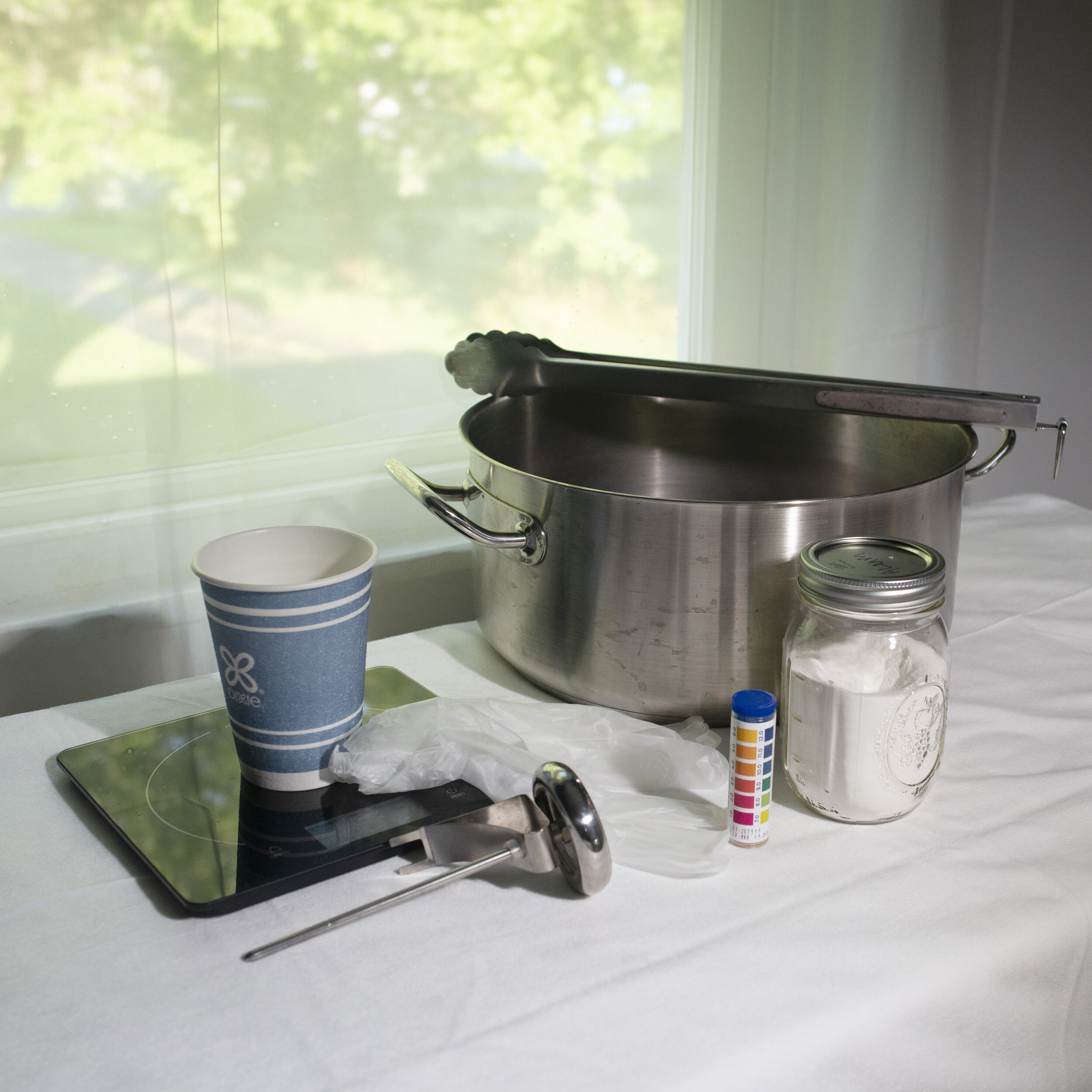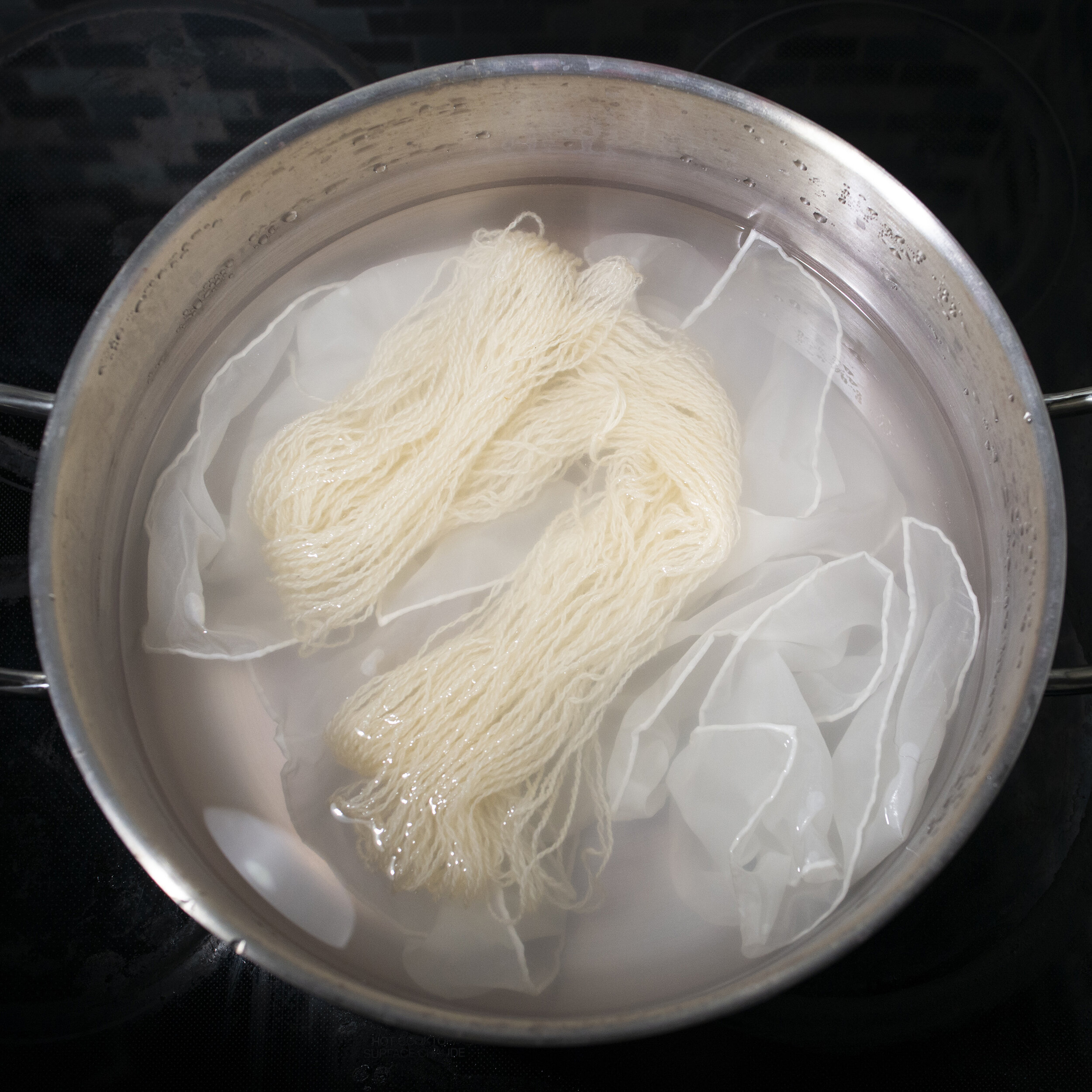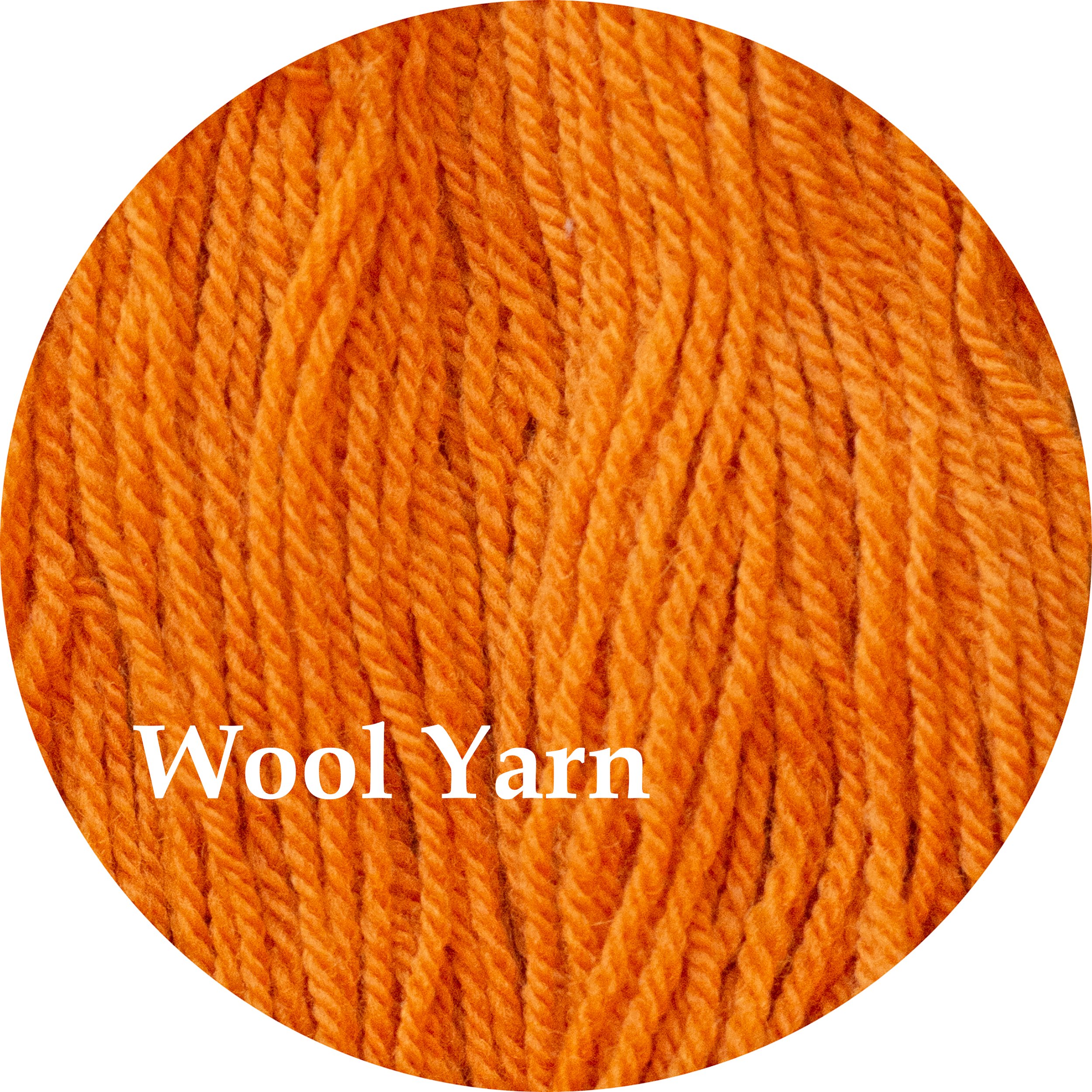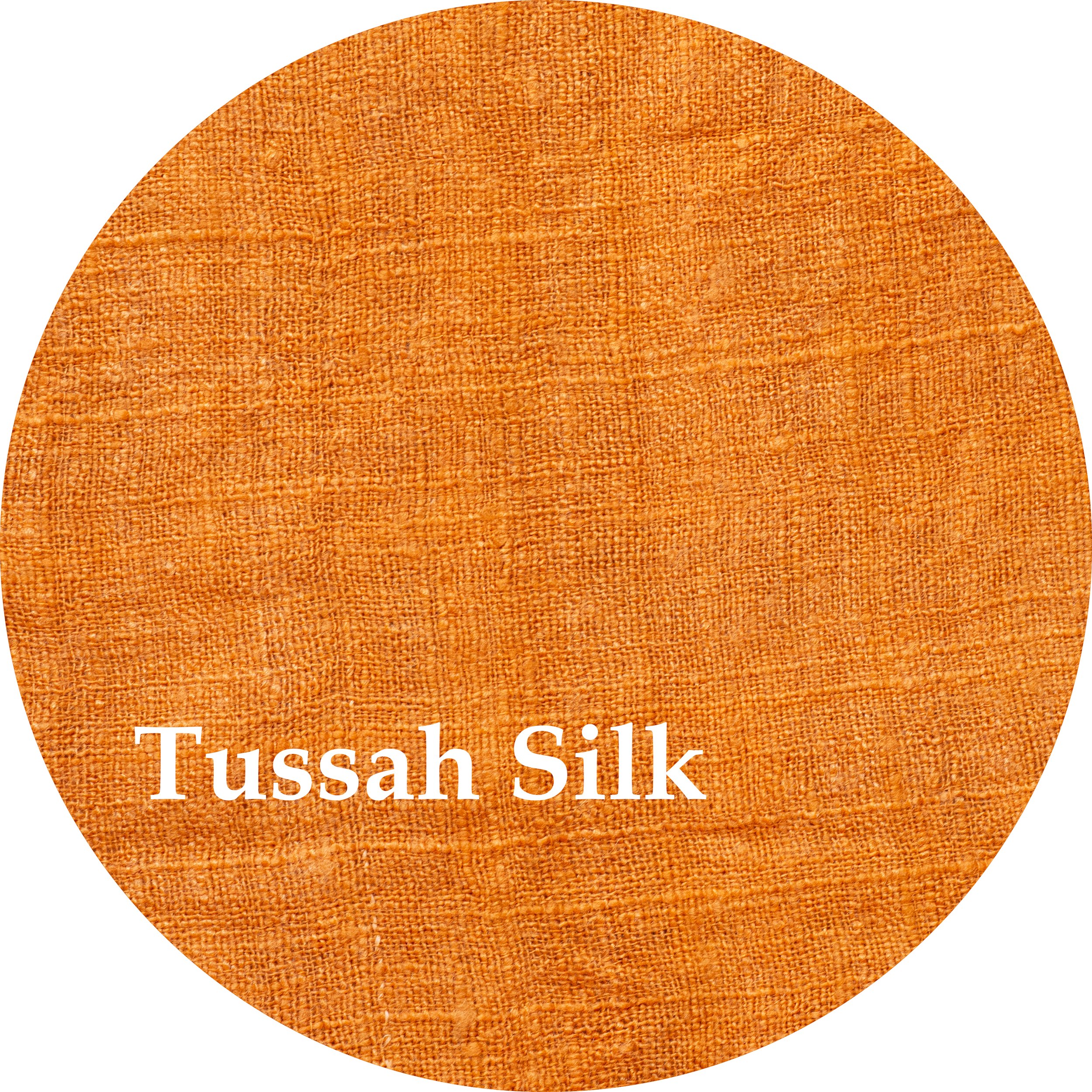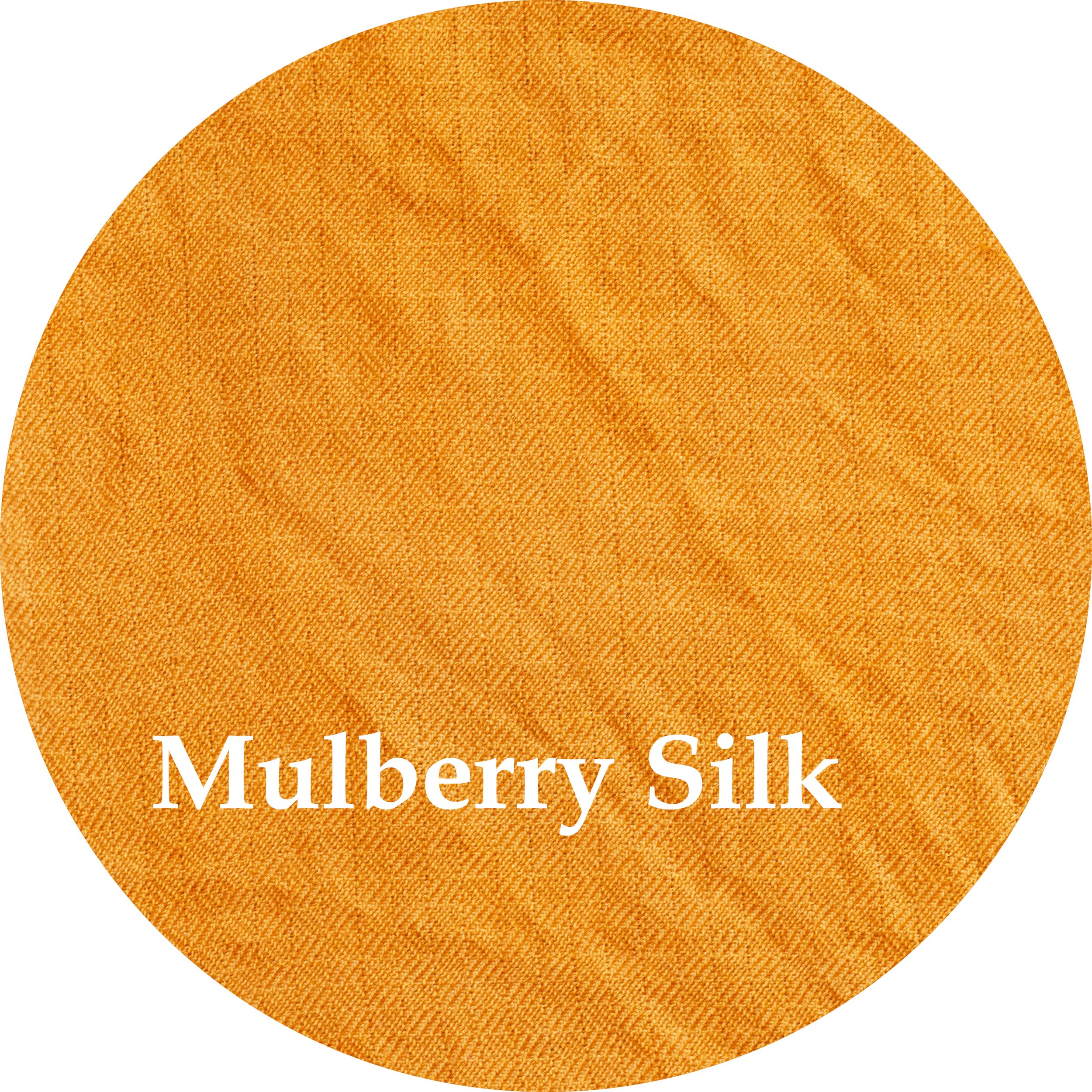
Coreopsis Extract
A Guide to Coreopsis Extract
Shepherd Textiles Coreopsis Extract is made from the petals of coreopsis tinctoria, a wildflower native to the western U.S., Canada, and Mexico. Coreopsis flowers are particularly rich in dyestuffs, and they contain several yellow and orange pigments including luteolin, morin, and quercetin. Our Coreopsis Extract will produce a beautiful, warm pumpkin orange at 15%-20% weight-of-fabric, especially on wool and silk. Made in France from locally grown flowers by a GOTS (Global Organic Textile Standard) certified manufacturer.
1. Background on Coreopsis
Coreopsis tinctoria, also known as plains coreopsis or dyer’s coreopsis, is a small yellow wildflower indigenous to the American West. It is tolerant of drought and heat, and it grows in beautiful thick patches of flowers on roadsides and in dry fields. The name of the flower is derived from the Greek words for “bug-like” (koris opsis), because the seeds were thought to resemble a bug or a tick. For the same reason, coreopsis is also called “tickseed” in some parts of its range. Indigenous peoples used an infusion of the flowers as a medicine for upset stomach or diarrhea, and more recently it has been explored as a treatment for diabetic insulin resistance, since coreopsis tea has been shown to improve insulin sensitivity in animal models (Jiang et al. 2015:2006-2018).
Coreopsis is particularly rich in dyestuffs. A recent mass spectrometry analysis (Wufuer et al. 2022) identified over 60 bioactive compounds, including luteolin (the yellow dyestuff found in marigolds), morin (the orange dyestuff in fustic), kaempferol (a yellow dyestuff also found in fustic), and quercetin (the yellow dyestuff in black oak). Taken together, all these pigments produce a beautiful and very natural-looking pumpkin orange color, which gives excellent results on wool and silk.
Our Coreopsis Extract is produced in France. Use it at 15%-20% weight-of-fabric on alum-mordanted fibers for a deeply saturated pumpkin orange. The exhaust bath can be re-used for lighter shades. Certified by the Global Organic Textile Standard (GOTS) for use on fibers that will be labeled “organic.”
A Bright Western Wildflower
2. Safety Precautions
DO NOT INGEST. This product is intended for textile dyeing, not as an herbal supplement.
Open carefully to avoid spills or creating dust.
Avoid eye contact. If eye contact occurs, rinse with cool water.
Not for use as a cosmetic additive; do not apply directly to skin or hair.
If a spill occurs, quickly wipe up with a paper towel or disposable rag.
Use only dye pots and utensils dedicated to dyeing. Do not use any pots, containers, spoons, tongs, thermometers, or other utensils that will be used for food preparation.
Coreopsis Extract powder, and all dye baths and mordant liquors made while dyeing, should be kept out of reach of children and pets. Use only with adult supervision.
Shepherd Textiles, LLC is not liable for any misuse of this product or any unintended staining of your clothing, workspace, or other property. Use only as directed.
3. Recommended Supplies
Dye pot. Use a dye pot large enough to hold all your fibers, with plenty of room for them to move around and for the liquid to circulate freely.
Metal tongs. A pair of tongs is useful for stirring and taking fabric out. Use tongs dedicated to dyeing, and not for food preparation.
Rubber gloves. Wear rubber gloves while handling mordanted/dyed fiber before it has been rinsed.
Candy thermometer. The best way to keep track of temperature is to use a candy thermometer that clips to the side of the dye pot.
Scale. Use a scale to weigh out fiber, mordant, and dyestuff.
Alum mordant (optional). The alum usually used for mordanting is aluminum potassium sulfate, also known as potash alum. It is the same alum that you can find in a jar in the spice section at the grocery store.
4. Preparation: Mordanting with Alum
Coreopsis Extract gives the best results on fibers that have been mordanted with alum. If possible, soak your fibers in water for a few hours before mordanting, so that the mordant will penetrate deeply and evenly. Make sure to weigh the fibers first, while they are still dry.
For protein fibers (wool, silk, alpaca, etc.): Mordant at 12% WOF with alum.
Weigh out the fibers you plan to dye (while they are dry). Multiply that weight by 0.12 to get the amount of alum you will need.
Fill your dye pot with hot tap water, leaving enough room for the fiber.
Weigh out the correct amount of alum and pour it into the dye pot. Mix with a spoon or metal tongs until it has dissolved.
Gently place your fibers into the mordanting solution.
Heat mordant bath to 180F and maintain heat for 1 hour. If you don’t have a candy thermometer, you will have to estimate the temperature. At 180F, steam vapor will be rising off the water but it will not be bubbling. If your mordant bath starts to bubble, turn down the heat.
Stir every 15 or 20 minutes to make sure fibers mordant evenly. If they do not, the dye will take better in some places than others.
After an hour, remove from heat and let cool to room temperature. Once cool, you can immediately proceed to rinsing, or you can leave the fibers to steep overnight in the mordant bath. This can dramatically improve results, especially when dyeing thick yarn or tightly woven fabrics.
When ready to rinse, put on rubber gloves and gently squeeze excess mordant solution back into the pot. Rinse fibers briefly in lukewarm water. The fiber does not need to be thoroughly washed, but any excess mordant should be rinsed out. Set aside until ready to dye. Keep out of reach of children and pets.
Dispose of mordant solution according to local guidelines.
For cellulose fibers (cotton, linen, etc.): Scour well and treat with Sumac Extract before mordanting.
Coreopsis Extract gives better results on protein fibers than on cellulose fibers, but it can be used to give a pleasant orange cream shade on cotton. For best results, the cotton should be well tanned and mordanted before dyeing.
Scour cotton by adding 2 tsp of soda ash and 1 drop of dish soap to a 5-gallon dye pot. Add the cotton and heat to 180F-190F for an hour, stirring occasionally. Remove from heat, and when cool enough to handle, rinse and wring out well.
Apply Sumac Extract to the cotton to tan it. Fill your dye pot with hot water and dissolve 10% WOF Sumac Extract into the water. Add the cotton, raise the heat to 180-190F, and maintain for an hour. Remove from heat and allow to slowly cool to room temperature: for best results, steep overnight. After steeping, remove the cotton and gently squeeze out excess liquid (wearing rubber gloves), but do not rinse, as this may rinse out the tannins before they bond to the mordant. Hang the cotton up and let it dry before proceeding to mordanting.
Prepare an alum mordant bath as described above for protein fibers, but add 2% weight-of-fabric soda ash (washing soda) and mix well before adding the cotton. This will change the alum into a basic form that bonds more easily with cotton. Proceed to mordant as described above.

The Recipe
5. Recipe: Pumpkin
At 15-20% weight-of-fabric, Coreopsis Extract produces a warm and saturated pumpkin shade. It gives particularly nice results on wool and silk. When you are finished with the first round of dyeing, the dyebath will still contain a lot of orange—you can toss a skein of yarn into the exhaust bath to get a nice pale shade of orange cream.
Fill your dye pot with warm water.
For best results, adjust the PH to 6 for wool (wool will take up the dye better in a slightly acidic dye bath), or 8 for silk and cotton (a slightly alkaline bath will deepen the orange on silk). We use citric acid as the acid and pickling lime as the base, but other acids and bases should work, too. If you don’t have PH strips, just leave the water as is—most tap water is close to neutral (PH 7), and neutral water will also give good results*.
Weigh out 20% weight-of-fabric (WOF) of Coreopsis Extract powder. Put it in a disposable cup with a little warm water and mix well to break up any clumps.
Add the Coreopsis Extract slurry to the dye pot and mix well. The dye bath should turn a dark orange color.
Put your pre-mordanted, pre-soaked fibers in the dye bath.
Heat the dyebath to 180F. Maintain the heat for 90 minutes, stirring occasionally to make sure all the fibers dye evenly. After 90 minutes, take off the heat and allow to cool to room temperature.
When cool, remove the fibers and rinse briefly in lukewarm water. Then, hang the fabric up to dry to help the color set. Make sure to hang it up in the shade somewhere where dripping dye will cause no damage. Direct sunlight may fade the color before it has had time set.
For final rinsing, we recommend using a PH-neutral detergent like Synthrapol, which is designed to wash out loose dye. Follow the manufacturer’s directions for best results. CAUTION: Coreopsis Extract may bleed if not thoroughly rinsed out after dyeing.
Hang up to dry out of direct sunlight.
*Note: Coreopsis is very resistant to alkalis, and it will stand up well to washing (most detergents are highly alkaline). However, strong acids will cause the color to fade to yellow. We recommend keeping the dye bath at PH6 or above. Keep the dyed fabric away from strong acids like lemon juice.
All images and text are copyright of Shepherd Textiles, LLC. Do not reproduce without written permission and attribution.




